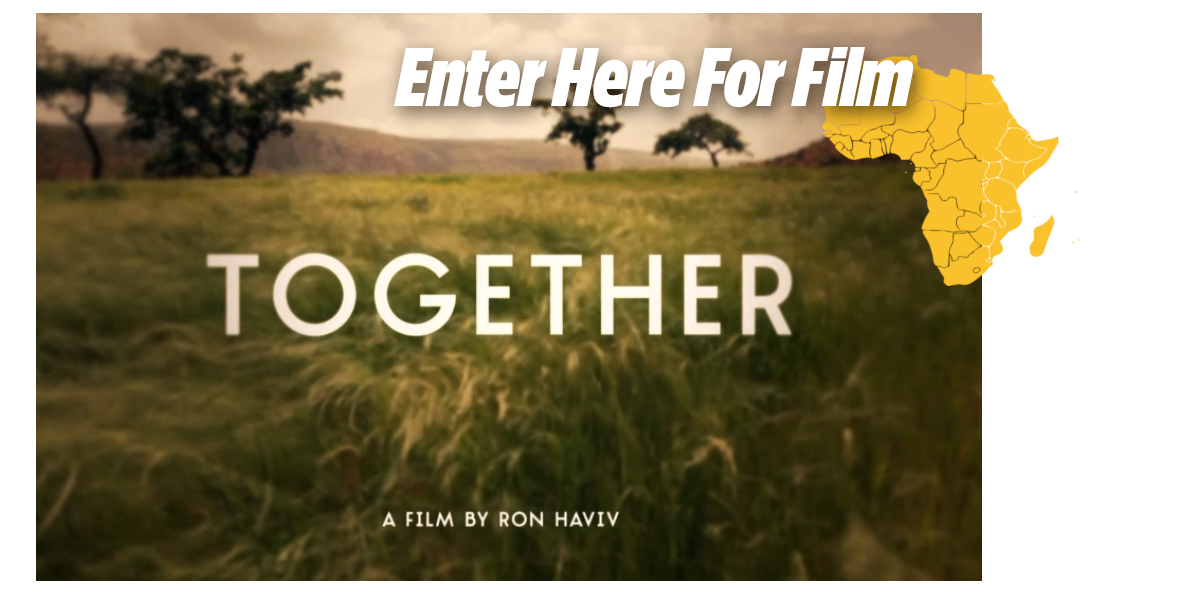Excerpted Articles from the Universal Declaration of Human Rights [1]
Article 3: You have the right to live, and to live in freedom and safety.
Article 7: The law is the same for everyone; it should be applied the same way to all.
Article 23: You have the right to work, to be free to choose your work, and to get a salary that allows you to live and support your family. If a man and a woman do the same work, they should get the same pay. All people who work have the right to join together to defend their interests.
Article 25: You have the right to have whatever you need so that you and your family: do not fall ill; do not go hungry; have clothes and a house; and are helped if you are out of work, if you are ill, if you are old, if your wife or husband is dead, or if you do not earn a living for any other reason you cannot help. Both a mother who is going to have a baby and her baby should get special help. All children have the same rights, whether or not the mother is married
Article 29: You have duties towards the community within which your personality can fully develop. The law should guarantee human rights. It should allow everyone to respect others and to be respected.
Overview
In this lesson students will learn about the Koraro village cluster and the challenges that the people of Koraro have faced with access to clean water and proper sanitation. They will learn that access to clean water and sanitation are human rights recognized by all member states of the United Nations. Students will learn how MVP implemented strategies to bring clean water and sanitation to Koraro.
Essential Questions
● How does clean water as a human right apply to the people of Koraro?
● In what ways is it possible to create solutions that are sustainable for a community that is combating extreme drought?
Learning Outcomes
Students will be able to:
● Locate Ethiopia on the Koraro Village Cluster digital map (coming soon)
● Acknowledge that water is a human right
● Identify Millennium Villages Projects strategies that were implemented in the Koraro village cluster and place them into the proper categories on the
MVP Target Areas for Sustainability Chart.
Common Core State Standards
● CCSS.ELA-LITERACY.SL.9-10.1.C
● CCSS.ELA-LITERACY.SL.9-10.1.D
MVP Glossary
● Drought: a prolonged period of abnormally low rainfall; a shortage of water resulting from this.
● Potable Water: safe, drinkable water.
Materials for Instructor
● MVP Target Areas for Sustainability Chart for Teachers
● Together film, 7:46 ● Koraro Village Cluster digital map
Materials for Students
● MVP Journals
● MVP Target Areas for Sustainability Chart for Students
I. Introduction to the Koraro Village Cluster (7-10 min.)
Lead students through the Koraro Village Cluster digital map (coming soon).
II. Introduction to Clean Water and Sanitation As Human Rights (5-7 min.)
The objective of this discussion is for students to understand that clean water and sanitation are human rights.
Step One
Begin the discussion by going over the MVP Glossary words.
Drought: a prolonged period of abnormally low rainfall; a shortage of water resulting from this.
Potable Water: safe, drinkable water.
Step Two
After you have gone over the MVP Glossary words ask students: Do you think clean water and sanitation are human rights? Allow students to popcorn their answers.
Step Three
Share with students that clean water as a human right is recognized by the United Nations. Explain to students that in 2010, the United Nations declared that clean drinking water and sanitation are human rights. Regardless of where one lives or how much money one has, one has the right to safe drinking water and sanitation.
III. Together Film (8 min.)
Watch film.
IV. Film Discussion (7 min.)
Entry point questions may include:
● In what ways does access to clean water affect the overall health of the community?
● What strategies were implemented that enabled the farmers to grow more successful crops?
● The film is titled Together. What examples in the film reinforce the choice of that title?
V. Module Five MVP Target Areas of Sustainability Chart (5-7 min.)
Ask students to sit with a partner and fill in the chart based on what they just learned about Koraro from the film and discussion.
VI. Homework
Find one article on a water contamination event in the United States. Write down three facts that surprise you about the event. Possible locations to research are:
● Flint, Michigan
● Boca Bay, Florida
● Gold King Mine, Colorado
● Corpus Christi, Texas
[1] Amnesty International USA. “Universal Declaration of Human Rights.” Amnestyusa.org. https://www.amnestyusa.org/training-materials/universal-declaration-of-human-rights/ (accessed September 28, 2018).



